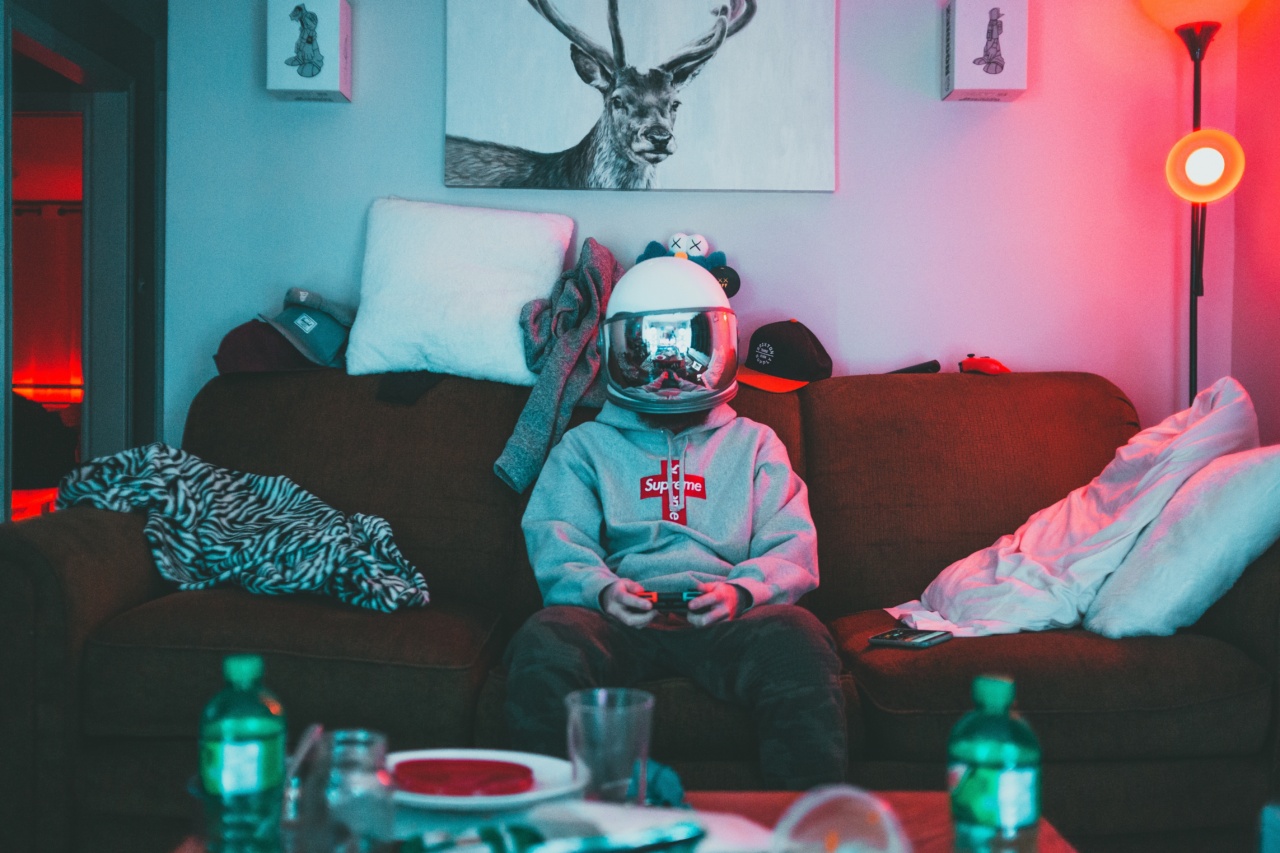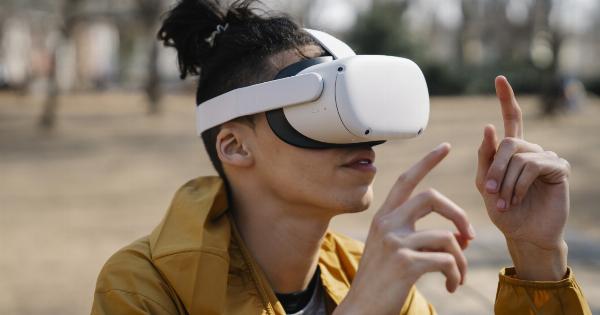Anxiety and panic disorders affect millions of people worldwide, disrupting their daily lives and causing significant distress.
While traditional treatments such as therapy and medication have proven effective for some individuals, others continue to struggle with their symptoms. However, a new and promising treatment modality has emerged in recent years – virtual reality (VR).
What is Virtual Reality?
Virtual reality refers to a computer-generated simulation in which an individual can interact with an artificial environment.
It typically involves the use of a head-mounted display that provides a three-dimensional visual and auditory experience, creating a sense of presence and immersion in a virtual world.
How Does Virtual Reality Work?
Virtual reality utilizes cutting-edge technology to simulate real-life situations and environments. Through the use of specialized equipment, such as headsets and controllers, users can navigate, interact, and engage with the virtual world.
This immersive experience can be customized to suit the needs of individuals seeking treatment for anxiety and panic disorders.
The Benefits of Virtual Reality for Anxiety and Panic Disorders
Virtual reality therapy offers several advantages over traditional treatment methods for anxiety and panic disorders:.
1. Safe and Controlled Environment
Virtual reality provides a safe and controlled environment for individuals to face their fears and anxieties.
Therapists can create scenarios that gradually expose patients to the situations that trigger their symptoms, allowing them to build resilience and develop effective coping strategies.
2. Immersive Exposure
One of the key features of virtual reality therapy is its ability to offer immersive exposure to anxiety-inducing stimuli.
By simulating real-life situations that provoke fear or panic, individuals can gradually confront and overcome their fears in a controlled setting.
3. Real-Time Feedback and Monitoring
Virtual reality therapy enables therapists to monitor and provide real-time feedback to patients during their exposure sessions.
This immediate feedback helps individuals understand their emotional and physiological reactions, fostering self-awareness and providing valuable insights for therapy.
4. Customization and Tailored Interventions
Virtual reality programs can be customized to reflect the specific needs and triggers of each individual.
Therapists can modify the virtual environment, adjust the intensity of the experience, and incorporate personalized elements to maximize the therapeutic benefits for each patient.
5. Cognitive and Emotional Distraction
Virtual reality provides a cognitive and emotional distraction from the real world, allowing individuals to shift their attention from distressing thoughts and sensations to the virtual environment.
This redirection of focus can help reduce anxiety and panic symptoms, providing individuals with a sense of relief and respite.
6. Availability and Accessibility
Virtual reality therapy can be accessed in various settings, including clinics, hospitals, and even in the comfort of one’s home.
The advancements in technology have made virtual reality more affordable and accessible, expanding its reach and potentially benefiting a larger population.
Promising Research Findings
A growing body of research supports the effectiveness of virtual reality in treating anxiety and panic disorders.
Several studies have demonstrated positive outcomes in various populations, including those with phobias, post-traumatic stress disorder (PTSD), and social anxiety disorder.
Overcoming Phobias and Fears
Virtual reality exposure therapy has been particularly successful in addressing specific phobias and fears.
For instance, individuals with arachnophobia (fear of spiders) can gradually be exposed to virtual spiders in a controlled environment, allowing them to confront their fear levels and reduce their anxiety over time.
Aiding PTSD Recovery
Virtual reality has also shown promise in helping individuals with PTSD recover from traumatic experiences.
By recreating the traumatic event in a safe environment, therapists can guide patients through the process of facing and reprocessing their trauma, ultimately reducing PTSD symptoms.
Managing Social Anxiety
Individuals with social anxiety disorder often struggle with interacting in social situations.
Virtual reality can simulate social scenarios where patients can practice their social skills and gradually expose themselves to the discomfort of social interaction, leading to increased self-confidence and reduced anxiety in real-world social settings.
Conclusion
Virtual reality therapy has emerged as a promising treatment modality for anxiety and panic disorders.
With its safe and controlled environment, immersive exposure, real-time feedback, customization options, cognitive and emotional distraction, and accessibility, virtual reality therapy offers a unique and effective approach to managing anxiety and panic symptoms.
While further research is still needed to explore the full potential of virtual reality in mental health treatment, the current findings are highly encouraging.
Virtual reality has the potential to revolutionize the field of therapy by providing individuals with a powerful tool for managing their anxiety and panic disorders.




























